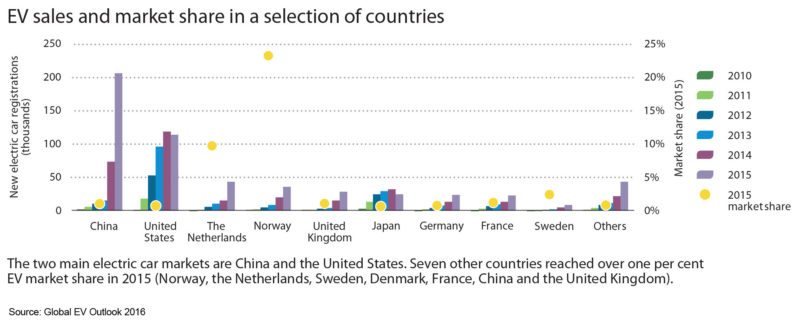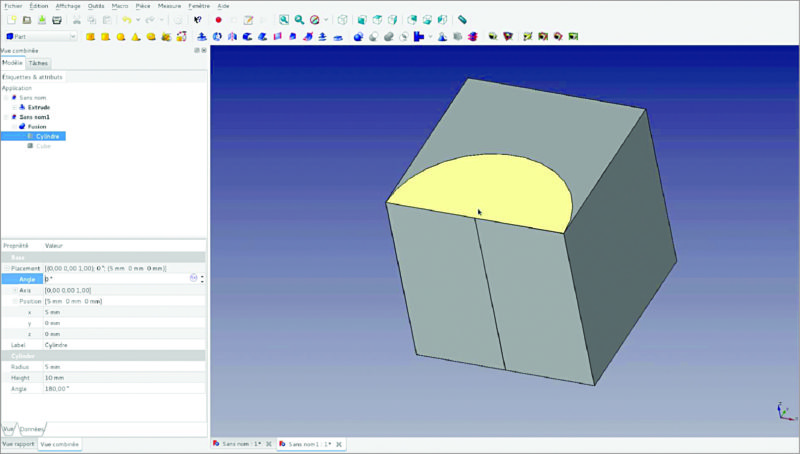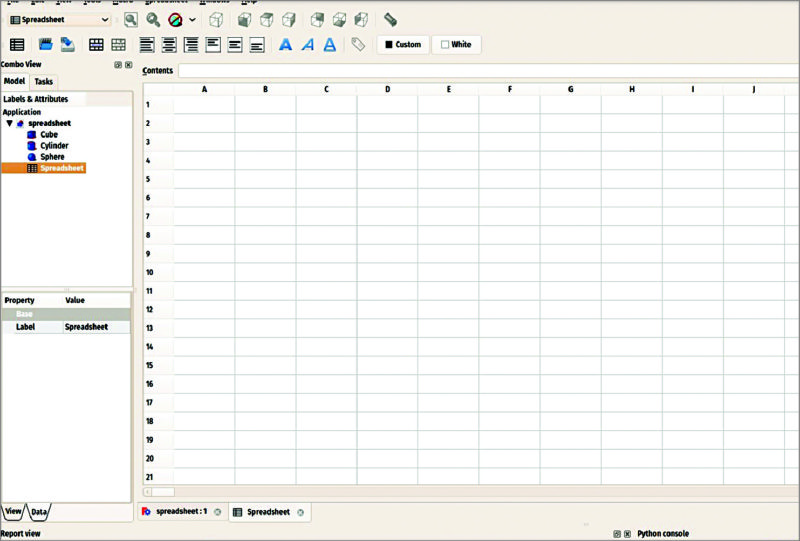- Open source makes tasks easier for businesses and customers alike.
While open source may be just another tech jargon to you, it has transformed operations for many organisations in the past and can intrinsically bring an all-new experience for your company, too. But what is great about open source for your business? Essentially, it is the ease that brings open source to the mainstream, as it makes tasks easier for consumers.
Technology giants like Google and Microsoft, network operators such as Bharti Airtel and Vodafone, and social networking sites like Facebook and Google+, all are using open source to grow in the market.
Unified, profitable model
The original model revolved around open source software alone. But nowadays, hardware and even the cloud have started going the open source way. “It is easier to deploy open source technologies than proprietary ones as these are meant for specific use-cases,” said Anant Kumar, head of product engineering and IT, Bharti Airtel.
Airtel is widely adopting open source developments to expand its position in the Indian telecom sector. Whether it is customer acquisition or optimising the experience for its own call centre agents, the Gurugram-headquartered telco is leveraging open source at all major levels.
“Open source has helped us build elastic, scalable systems at low cost and hence increase our productivity,” said Harmeen Mehta, global chief information officer, Bharti Airtel. At present, Airtel entirely depends upon open source for its six important projects and has a team of more than 80 engineers to continually monitor and improve its developments.
Substitutes for proprietary solutions
One of the most obvious advantages of open source is its availability as an alternative to proprietary solutions. If you want to switch from Microsoft Office to an open source solution, you can find not just one or two but plenty of substitutes. There are LibreOffice, Apache OpenOffice and KOffice to give you the closest experience to Microsoft Office at no cost.
Likewise, if you are looking to abandon your existing proprietary database solution to move to an open source alternative, you have PostgreSQL, MySQL, NoSQL and MariaDB among various other options.
Chandigarh-based Jugnoo, which is among the early open source-adopting startups, recently moved from Tally and SAP ERP to open-sourced Odoo for its HR developments. Co-founder and CTO Chinmay Agarwal now plans to shift the company’s other business processes also to open source.
“We liked the implementation of Odoo for HR, and it will be easy for us to transition ultimately to Odoo for other business processes too,” Agarwal highlighted.
Cost saving
The prime benefit of switching to open source is cost saving. Online travel company MakeMyTrip that handles its online presence with a monthly traffic of over 22 million visits considers open source as an efficient alternative.
“At an optimal operating expenditure, we were able to exercise greater flexibility using open source components on our website,” said Vikram Mehta, senior manager for information security, MakeMyTrip.
Airtel also counts on the efficiency and flexibility of open source. “Preferring open source lets us take control in order to make our decisions smoothly,” Kumar said.
Kumar considers spending on open source technologies virtually puts zero burden. “If we have to take a licensed product, then its cost gets multiplied. You can compare this with any popular commercial solution and get the total saving. It will be in tunes of crores (tens of millions),” he pronounced.
Scalable till infinity
If you want to grow the presence of your company, scalability is the first parameter to consider. But this is something that you cannot achieve entirely with a proprietary solution. You must move to open source.
“Open source technology gives you the freedom to try, test and scale your solution, one step at a time,” said Amit Ranjan, who co-founded SlideShare and is presently working at National e-Governance Division (NeGD).
NeGD has developed citizen-first projects including DigiLocker and Government e-Market (GeM) using open source technologies. This helps the government department to effectively offer its solutions to the public and enable scalability with ease. To date, DigiLocker has provided access to over a billion documents online. All that came from a small in-house team of around 14 people from diverse domains.
“Our small team is capable of doing tasks that require hundreds of engineers. It is all because of the skills that come from the open source support,” Ranjan states.
External R&D
Among the lifelines of open source, community support comes at the top. “If a project has an active community, it will be regularly patched and improved,” said Bob Canaway, CMO, BlackDuck.
The post Why Everyone Is Switching To Open Source appeared first on Electronics For You.



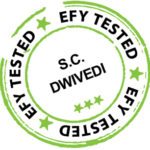 A good bench power supply is the most vital equipment for electronics engineers and hobbyists. However, bench power supplies used in R&D labs are costly. Output rating is also a major issue. A variable DC supply up to 30V with a few amperes current is the basic requirement for labs.
A good bench power supply is the most vital equipment for electronics engineers and hobbyists. However, bench power supplies used in R&D labs are costly. Output rating is also a major issue. A variable DC supply up to 30V with a few amperes current is the basic requirement for labs.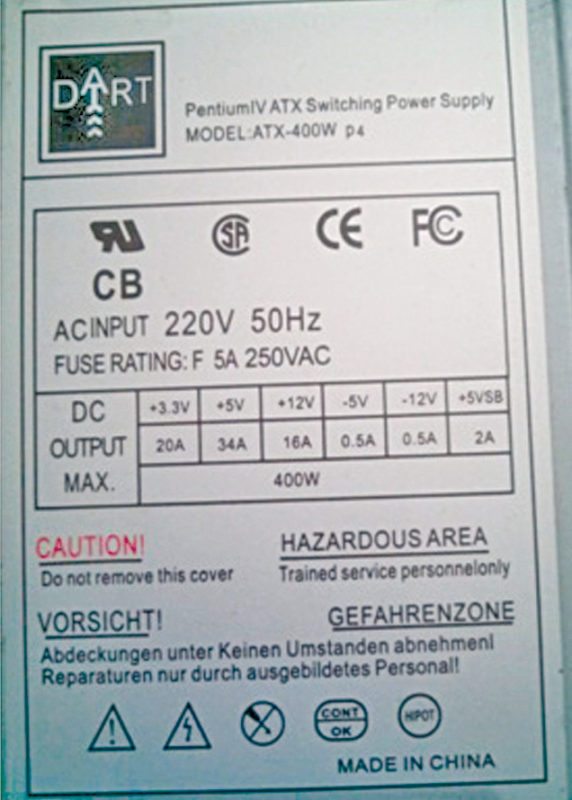
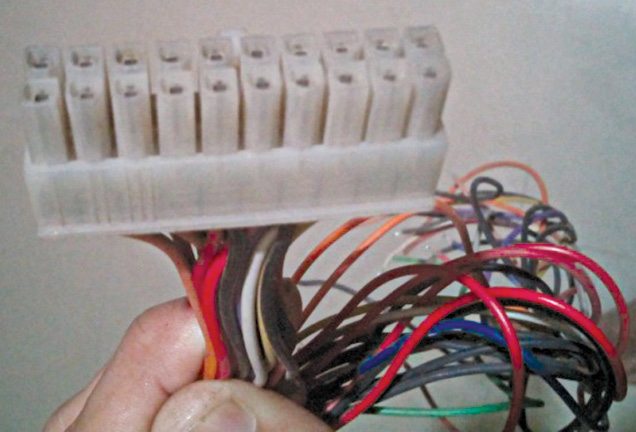
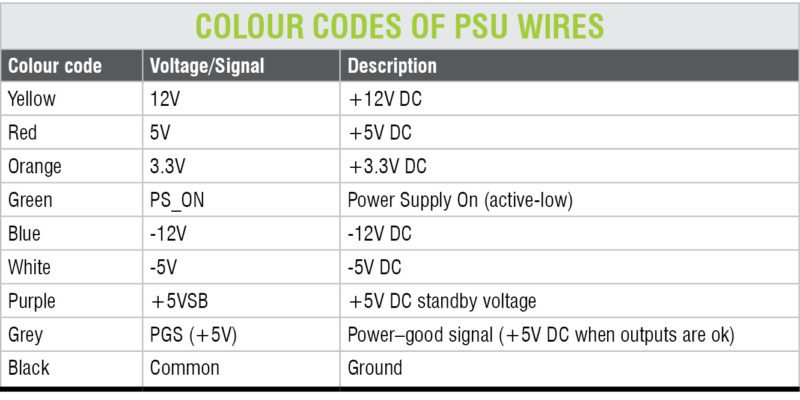
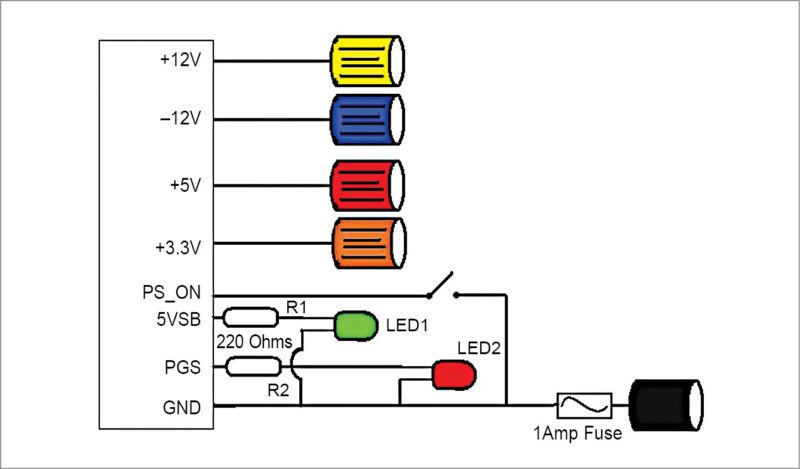
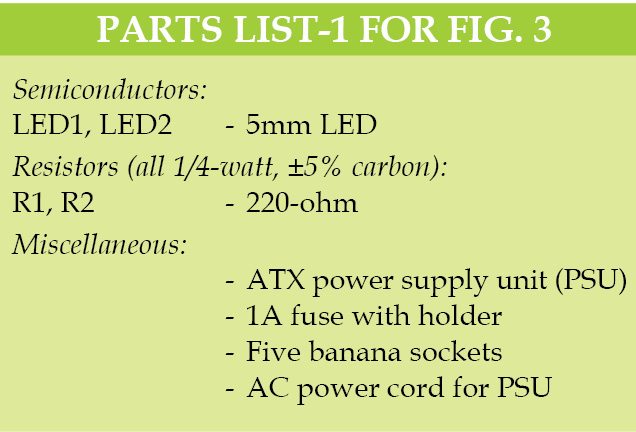
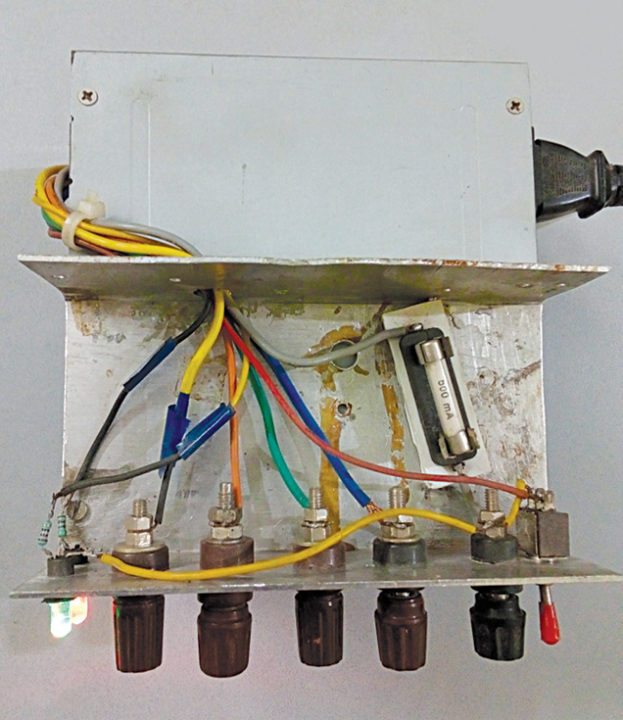





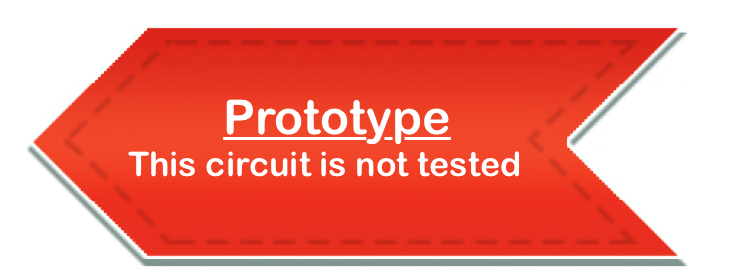







 Kenya has a robust legal regime governing cybersecurity and hacking. The government’s executive cabinet approved a computer and cybercrime bill this year mandating penal consequences for a set of cyber-related offenses, including intentional unauthorized infiltration of a computer system and unauthorized interception of transmission of data over a telecommunications system. The statute also says that interference with a computer system that threatens national security, causes injury or death, or threatens public health and safety carries a fine of up to $20,000 or ten years in prison.
Kenya has a robust legal regime governing cybersecurity and hacking. The government’s executive cabinet approved a computer and cybercrime bill this year mandating penal consequences for a set of cyber-related offenses, including intentional unauthorized infiltration of a computer system and unauthorized interception of transmission of data over a telecommunications system. The statute also says that interference with a computer system that threatens national security, causes injury or death, or threatens public health and safety carries a fine of up to $20,000 or ten years in prison. Indian government is finalising cyber security standards for mobile phones, following concerns over rising cyber attacks and breach of financial and personal data at the hands of mobile phone companies.
Indian government is finalising cyber security standards for mobile phones, following concerns over rising cyber attacks and breach of financial and personal data at the hands of mobile phone companies.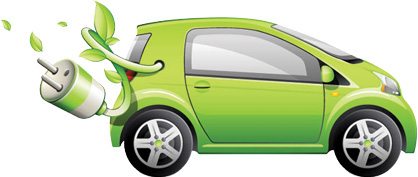 Trains, buses, taxis and trucks are always on the move, forming the networks that lead to the growth of cities and towns. Mobility and the supply chain are important to many businesses, to deliver goods and services. In fact, mobility has become the lifeline of human existence. Yet, it comes with its own hazards – living spaces can become noisy, congested, polluted and give rise to airborne viruses, which can impact human life for years to come. That’s the reason why alternate forms of fuel, power and mobility drivers are now being explored. Research dollars are being spent in these fields to drive growth and create new business lines that will take the automotive sector into new realms. And one domain that is showing the maximum promise in terms of delivering sustainable transportation and mobility is electric vehicles (EV).
Trains, buses, taxis and trucks are always on the move, forming the networks that lead to the growth of cities and towns. Mobility and the supply chain are important to many businesses, to deliver goods and services. In fact, mobility has become the lifeline of human existence. Yet, it comes with its own hazards – living spaces can become noisy, congested, polluted and give rise to airborne viruses, which can impact human life for years to come. That’s the reason why alternate forms of fuel, power and mobility drivers are now being explored. Research dollars are being spent in these fields to drive growth and create new business lines that will take the automotive sector into new realms. And one domain that is showing the maximum promise in terms of delivering sustainable transportation and mobility is electric vehicles (EV).